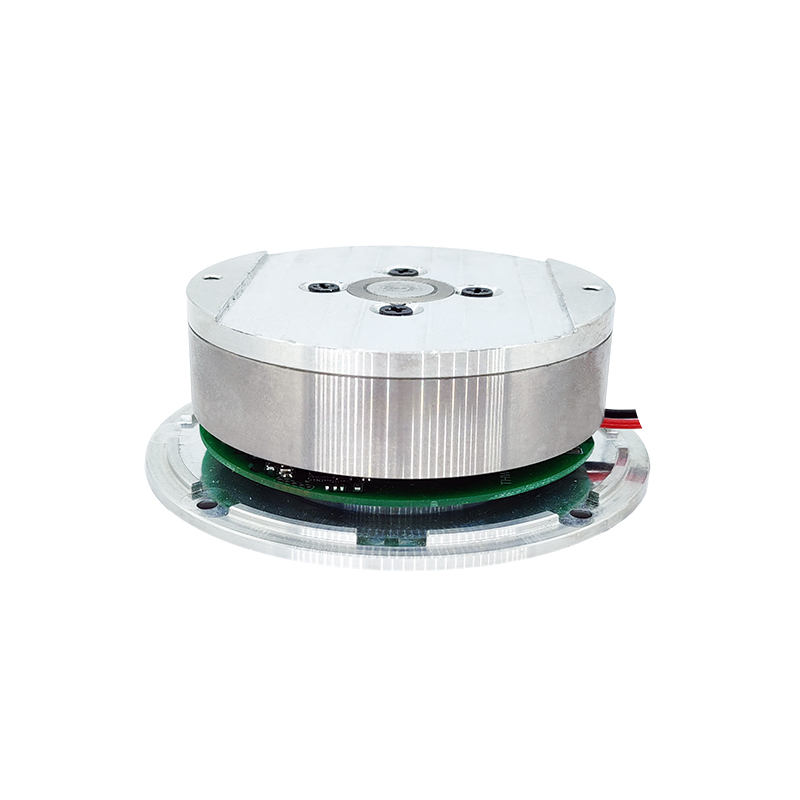The sensorless drive and the sensorless drive of the brushless motor are two different control modes, and the main difference is whether the position sensor (such as Hall sensor) is used to detect the rotor position. Here's a detailed comparison of the two: I. Working principle
1. Feel driven
By installing Hall sensors or other position sensors inside the motor, the sensorized drive detects the position information of the rotor in real time.
According to the feedback signal of the sensor, the controller accurately controls the phase sequence and current of the motor to achieve a smooth start and operation.
2. No sense of drive
The sensorless drive does not rely on the position sensor, but detects the Back EMF of the motor winding to infer the rotor position.
Using the zero-crossing information of the back EMF, the controller adjusts the phase sequence of the current and drives the motor to rotate.
Second, performance comparison
1. Startup performance
Sense drive: support zero speed start, smooth start, suitable for application scenarios requiring high precision control.
Sensorless drive: Due to the small back EMF at startup, the position detection is difficult, and the startup may not be smooth enough, which usually requires additional startup algorithms or external push.
Runtime performance
Sense driven: real-time feedback of position information during operation, high control accuracy, fast response speed, suitable for high dynamic performance requirements of the scene.
Sensorless drive: It relies on back EMF detection during operation, and the control accuracy and response speed are relatively low, but the performance is close to that of sensorless drive at medium and high speed operation.
3. Reliability
Sensing drive: Due to dependence on sensors, the failure of the sensor may cause the motor to not work properly, and the reliability is affected by the sensor.
Sensorless drive: No sensor, reduced points of failure, high reliability, but poor performance at low speed or stationary.
Step 4: Cost
Sense-driven: Additional sensors and signal processing circuits are required, and the cost is high.
Sensorless drive: simple structure, low cost.
5. Use cases
Sense drive: Suitable for applications requiring high precision control, fast response and low speed performance, such as robotics, medical devices, precision instruments, etc.
Sensorless drive: Suitable for cost-sensitive, medium-high speed operation applications, such as home appliances, drones, power tools, etc.
Iii. Summary
Sense drive: high control accuracy, smooth start, fast response, but high cost and reliability affected by sensors.
Sensorless drive: low cost, simple structure, high reliability, but poor start performance, low speed control accuracy is limited.
The choice of sense-driven or non-sense-driven should be weighed according to the needs of specific application scenarios. If you need high precision and low speed performance, sense drive is a better choice; Sensorless drive is more appropriate if it is cost sensitive and runs at a high speed.
